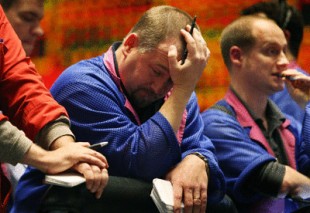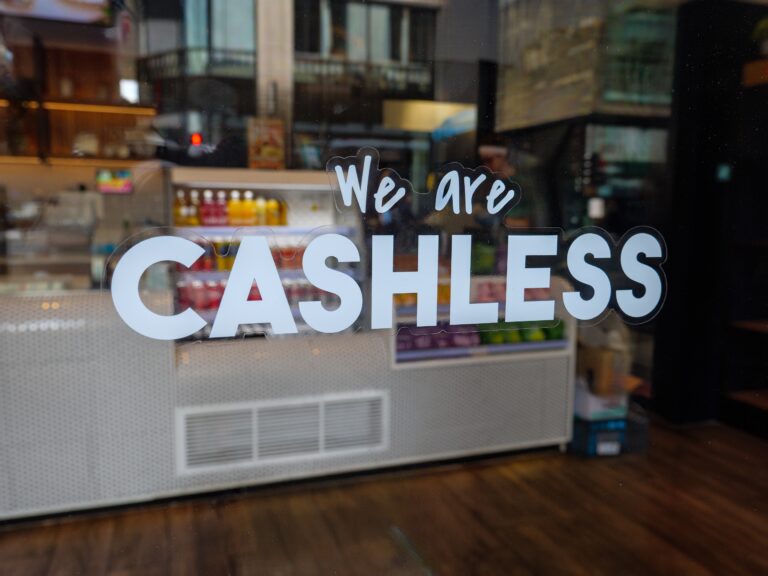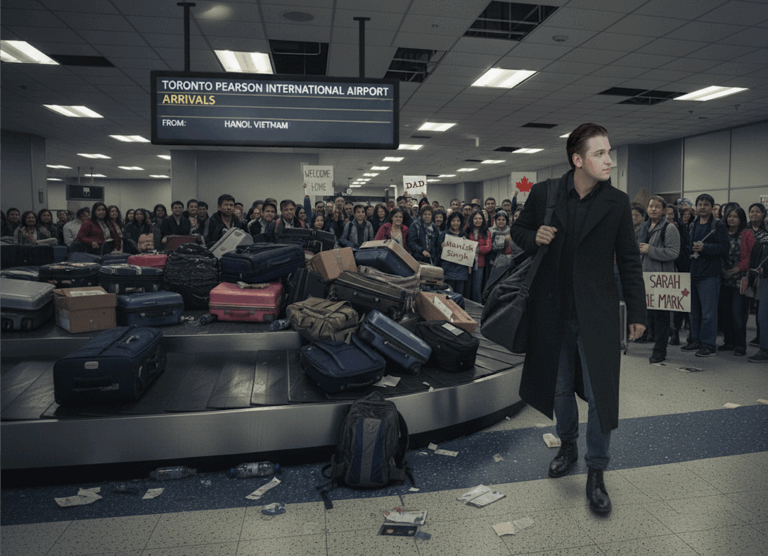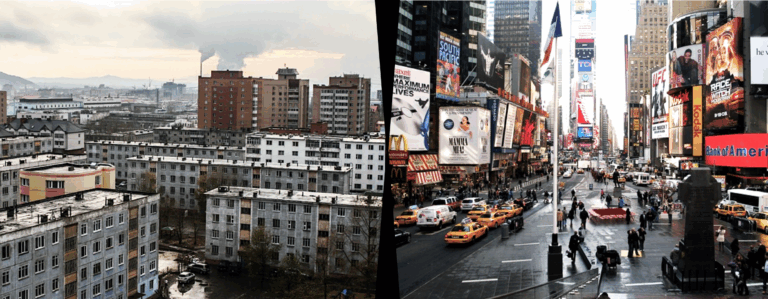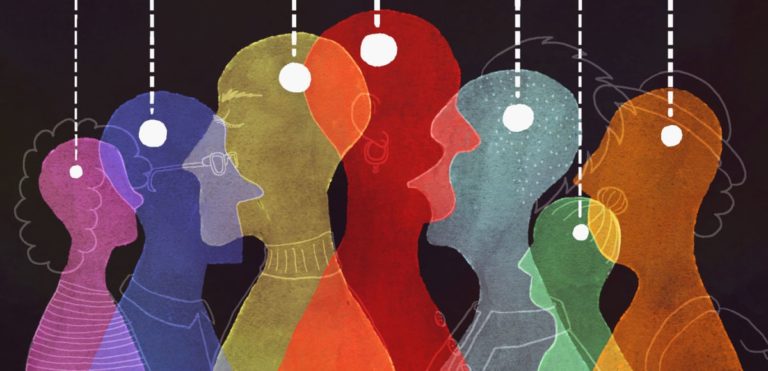The recent stock market meltdown—a result of a credit downgrade to the U.S. government and deals to “save” American and Greek public finances which mean even more debt —should puncture the illusion the welfare state was ever a success; fact is, it was always built on borrowed time and borrowed money.
That intergenerational sleight of hand worked for a while. Successive post-war generations went to the doctor, availed themselves of government services, built roads and enjoyed other partially debt-financed benefits. Problematically, they handed part of the bill for the same to future generations. It’s akin to buying an expensive home and handing the delayed mortgage payments to your kids when they turn eighteen.
Greece is merely the most dramatic example of this intergenerational public finance “con job”. The recent European Union deal for Greece, where $109 billion Euros will be lent to tide that profligate country over yet again, is equivalent to (Canadian) $149 billion. Put another way, every Greek just borrowed another C$13,847.
To put the worldwide rise in government debt in some historical perspective, consider the debt trajectory of the U.S. and selected European countries since 1995. That’s about the time many Canadian governments began to grapple with our red ink problem.
In 1995, Greece’s net liabilities already amounted to 81 per cent of GDP. (A country’s net liabilities are arrived at by subtracting assets from liabilities; GDP is the value of a country’s economy). Back then, Canada’s net-debt-to-GDP figure was 71 per cent; Italy stood at 99 per cent; France, Germany and the United Kingdom had net liabilities of 38 per cent, 30 per cent and 26 per cent respectively. Portugal’s was 24 per cent and the U.S. debt figure was 54 per cent of GDP.
Fast forward to 2011 and all the countries on that list are deeper in debt as a percentage of GDP, save Canada: Greece: 125 per cent; Italy: 101 per cent; France 60 per cent; Germany: 50 per cent; Portugal: 76 per cent; the United Kingdom: 62 per cent; the United States: 75 per cent.
In Canada, our net liabilities are 34 per cent of GDP, substantially down from 1995, though up from the low-point in 2008 when the figure was just 22 per cent. (Between 1995 and 2008, our lowered ratio was helped both by a growing economy and some debt payback. Most other countries just kept borrowing.)
For the record, the fault for the ramped-up public debt cannot be placed on “too low” taxes. A variety of countries with widely differing tax levels all continued to borrow massively over that period.
For example, since 1995, and as a percentage of its economy, Greece’s total tax take has been about one-eighth to one-fifth higher than the United States (depending on the year). But high-tax Greece put itself into more debt as did the (relatively) low-tax U.S. Or consider the UK. Its tax rates rose steadily since 1995 but so too its red ink problem.
In other words, the assumption that higher tax revenues will save a country from its spending and borrowing addiction is mistaken. That’s not any more likely than a modest raise for a consumer maxed out on her credit cards whose real problem is overspending.
Besides, higher tax rates do not necessarily equal higher revenues when compared with a moderately taxed nation. A high-tax, inefficient tax regime can slow economic growth and encourage tax cheating and depress tax receipts—another one of Greece’s many problems, actually.
In Canada, despite our relatively low net debt-to-GDP ratio at present, in most years, our governments played the same pay-the-social-welfare-bill-forward game.
Since 1961 up to the present, the federal government ran deficits in 37 of 50 years (never mind provincial or local red ink or unfunded liabilities on top of all this). Problematically, the federal Conservatives in Ottawa are now in their fourth consecutive red ink year and forecast deficits until at least 2014/15. At that point, the federal debt will stand at $615 billion up from $457 billion in 1998, a one-third increase over that period.
Looking back over post-war years, there were always alternative policy options to the welfare state, ones that would have yet provided security to citizens in Europe, the U.S. and Canada. For starters, options included mandated private savings accounts for health and pensions. Had such accounts been started decades ago, each generation would have been forced to finance its own major social benefits through pre-funding; that would have been superior to the intergenerational transfer of wealth through the politicized tax-and-spend system.
Instead, for decades, government borrowed massively to finance current social programs out of future tax revenues and handed the bill to future generations. It led to the illusion that the welfare state was sustainable.
–
Mark Milke is the Alberta director of the Fraser Institute, www.fraserinstitute.org.
